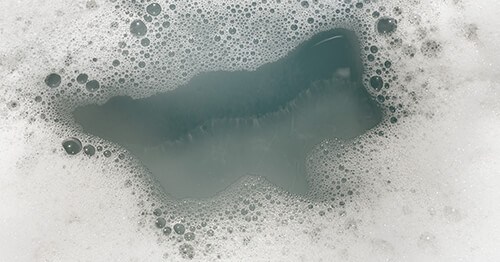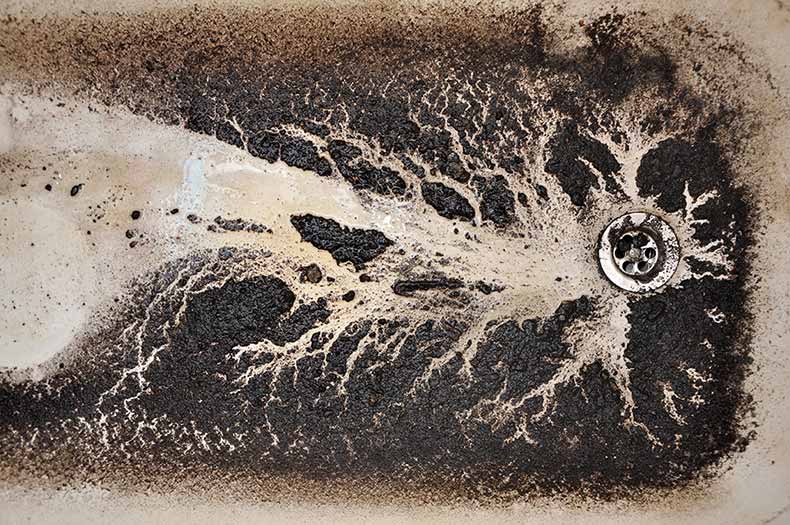Just how do you feel with regards to Why sewage is coming up through your bathtub?

Sewage back-up in the bathtub can be an upsetting and unhygienic problem for any homeowner. Not only is it bothersome, however it likewise postures serious wellness dangers and indicates underlying concerns with the plumbing system. Understanding why sewage is coming up via the tub is important for taking appropriate activity to address the issue efficiently.
Intro to the Issue
Usual Reasons for Sewer Backup
Clogs in the Sewer Line
One of the most usual sources of sewer back-up is an obstruction in the sewer line. This can occur because of the accumulation of debris, oil, or foreign items in the pipelines, avoiding appropriate circulation and triggering sewage to support right into your bath tub.
Tree Origin Invasion
Tree roots seeking dampness and nutrients can penetrate drain lines via small fractures or joints. Over time, these origins can expand and broaden, causing significant damages to the pipelines and causing sewage back-up problems.
Comprehending the Issue
When sewer starts backing up right into the bathtub, it's a clear indication of an issue with the water drainage system. The wastewater that must be moving far from your home is instead finding its way back into your living space, which can bring about considerable damages and carcinogen.
Possible Causes
Numerous variables can add to sewage back-up in the bath tub. From clogs in the sewage system line to problems with the plumbing infrastructure, determining the source is important for finding a service.
Aging Framework
Older homes might have dated plumbing systems that are much more prone to corrosion, cracks, and damage. As pipes age, they end up being more vulnerable to leakages and obstructions, raising the probability of sewage back-up occurrences.
Heavy Rainfall or Flooding
During periods of heavy rainfall or flooding, the drain system might come to be overwhelmed with excess water, causing back-ups and overflows. This can lead to sewer backing up into bathtubs and other fixtures inside the home.
Indications of Sewage Back-up
Foul Odors
Unpleasant smells rising from drains or fixtures, specifically in the restroom, may indicate sewer back-up problems. These smells are commonly solid and consistent, signaling a trouble that calls for instant focus.
Slow Draining Fixtures
Tubs, sinks, and bathrooms that drain slowly or otherwise at all could be experiencing sewer back-up. If numerous fixtures are impacted at the same time, it's most likely that the concern originates from an usual factor, such as the primary sewer line.
Gurgling Noises
Weird gurgling or bubbling sounds coming from drains when water is running somewhere else in your home are a sign of air trapped in the plumbing system. This air accumulation can result from sewer back-up and should be examined without delay.
Health Dangers Associated with Sewage Back-up
Contamination of Water Supply
Sewage back-up can contaminate the water system in your house, posing a significant health risk to you and your family. Exposure to infected water can cause intestinal issues, skin infections, and other diseases.
Mold Development
Dampness from sewage backup can create optimal problems for mold and mildew development in your home. Mold and mildew spores can intensify respiratory system troubles and trigger allergic reactions in delicate individuals, making prompt clean-up necessary.
Spread of Condition
Sewer contains damaging bacteria, viruses, and bloodsuckers that can trigger a range of illness, consisting of liver disease, cholera, and gastroenteritis. Entering into contact with sewer or contaminated surface areas places you in danger of infection.
Tidying up After Sewage Backup
Disinfection Procedures
Thoroughly sanitize and sterilize impacted areas after sewer back-up to remove damaging microorganisms and prevent mold and mildew growth. Use appropriate cleansing items and protective gear to guarantee secure and efficient cleaning.
Reconstruction of Influenced Areas
Repair any type of damage to floor covering, wall surfaces, or fixtures brought on by sewer backup. Depending upon the extent of the damage, you may need to replace carpeting, drywall, or various other products to restore your home to its pre-loss condition.
Immediate Actions to Take
Turning Off Water System
In case of sewer backup, it's vital to turn off the water system to stop more contamination and damage. Situate the major water shutoff valve in your home and closed it off till the problem can be settled.
Speaking To a Specialist Plumber
Managing sewage back-up is not a DIY job. Get in touch with a certified plumber with experience in handling sewage-related concerns to assess the scenario and perform required repair services or cleanings.
Preventing Contact with Contaminated Water
Till the sewer backup is fixed, avoid contact with polluted water to stop the spread of germs and virus. Use protective equipment if you must be in the afflicted location and clean your hands thoroughly later.
Safety nets
Normal Upkeep of Drain Lines
Set up regular inspections and upkeep of your sewer lines to identify and resolve potential concerns prior to they intensify right into significant problems. This can include cleaning out particles, evaluating for tree root breach, and repairing any broken pipes.
Installing Bayou Shutoffs
Consider setting up bayou valves in your plumbing system to avoid sewage from flowing back into your home during periods of heavy rainfall or flooding. These valves instantly close when water draws back up, protecting your residential or commercial property from contamination.
Proper Disposal of House Waste
Stay clear of purging anything aside from toilet tissue and human waste down the bathroom to stop blockages and clogs in the sewage system line. Dispose of oil, oil, and other house chemicals effectively to lessen the threat of plumbing issues.
Why Is Water Backing Up in My Bathtub When I Flush My Toilet?
What to do about a sewer line clog
First, don’t bother with plunging. No amount of plunging will dislodge the clog in a sewer line. The clog is too far away. Plungers are for clogs in the toilet itself, not the sewer line. Plus, the most likely causes of a sewer clog are:
Tree roots Flushed toys or feminine products Grease buildup Those items don’t move easily. And in the case of tree roots, the roots need to be cut out of the pipe and the pipe will need to be repaired.
You’ll need a closet auger. A closet auger is a type of plumber’s snake with a protective cover to keep from scratching the delicate porcelain toilet. If the clog is further down, you may need to remove the toilet or use one of your cleanouts to get to the clog.
We also recommend doing a video inspection of the drain to ensure that the cause of the clog has been completely removed. Otherwise, you could have the same problem again in a few days or weeks.
https://mspplumbingheatingair.com/blog/why-is-water-backing-up-in-my-bathtub-when-i-flush-my-toilet

As an avid person who reads on Why is Sewage Backing Up Into My Bathtub?, I thought sharing that piece of content was necessary. Feel free to take the time to share this blog post if you liked it. I recognize the value of your readership.
This Resource